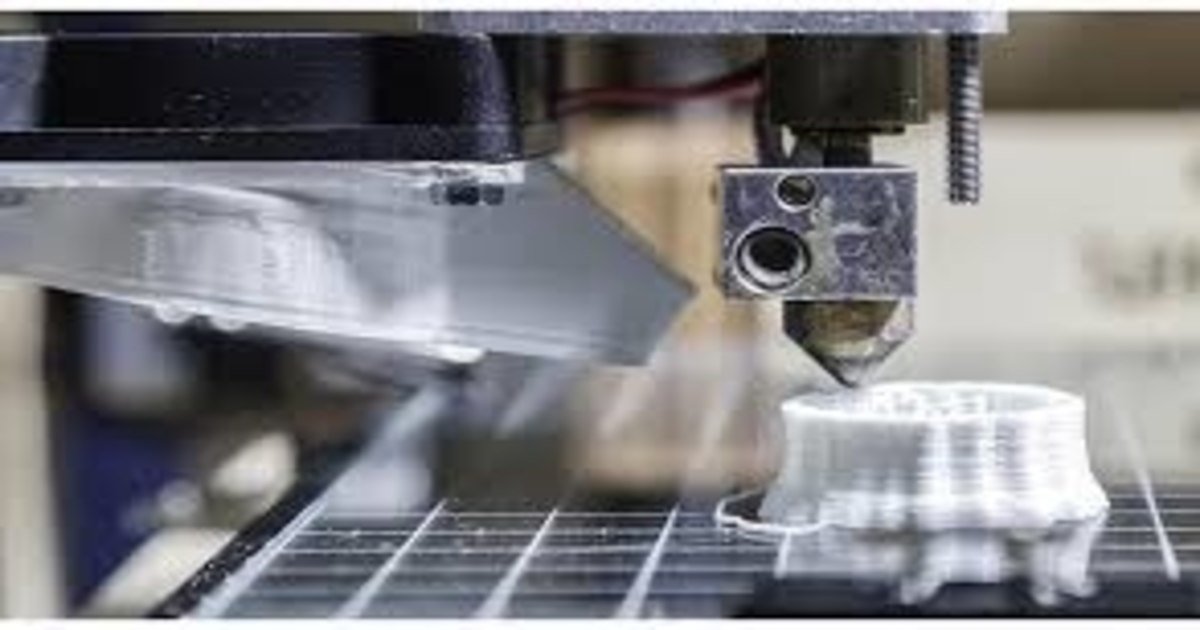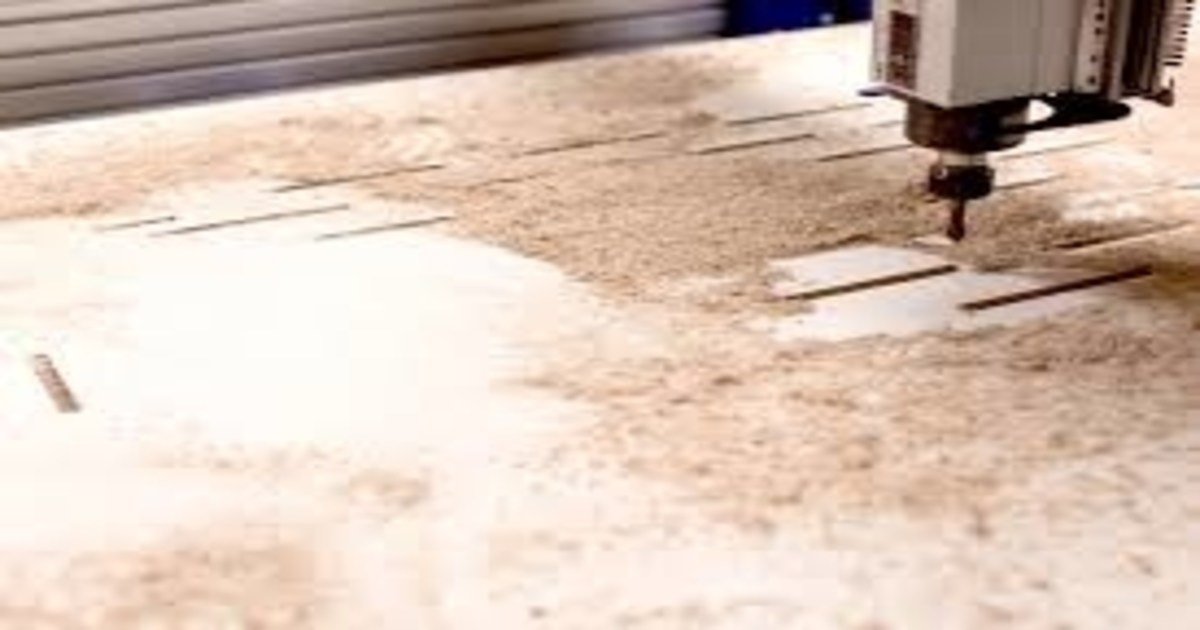Introduction
In layman’s terms, Digital Fabrication includes fabrication done using computers and technology. In this process, machines are controlled by computer and the production process involves 3D modeling or Computer-Aided-Design. In this process, digital data drives the manufacturing equipment which helps in the manufacturing of various geometrics.
Let’s Dive Deep About Digital Fabrication
As we already know in Digital fabrication the main work is done using computer data. The date is most often taken from CAD(Computer-Aided Design) and which is again transferred to CAM(Computer-Aided Manufacturing). It is the output of this CAM (Computer-Aided Manufacturing) which provides a direct to specific additive or subtractive manufacturing tool, for example, 3D printer or CNC milling machine
Step-By-Step Explanation Of The Digital Fabrication Process
Design
We first need to create a digital design for CAD software. The 3D model is exported as a triangulated mesh that explains the geometry in the form of points on the surface, the faces between those vertices, edges of those vertices, and the normal vectors and color formation pertaining to those vertices. This data serves as an input for the fabrication tool
Prepare
The print preparation software serves as an intermediate between the fabricated model and virtual mesh. CAM file, which is a list of instructions for the machine to follow is containing the manufacturing parameters and specific instructions are sent to the machine. Software simulation is combined with user input to guide the cutting tool.
Fabricate
These tools manufacture parts based on CAM data and require finishing to give the final shape before they are ready to use
Digital Fabrication Tools
3D Printers
Additive manufacturing or 3D printers create parts by adding layer-by-layer material until a physical part is created.
Fused Deposition Modelling(FDM)– These are 3D printers that extrude thermoplastic filament which is a print nozzle and then deposits layer-by-layer in the build area. FDM is the most affordable 3D printing technology and has the lowest resolution and accuracy compared to other 3D printers and is ideal for basic proof of concept models, low-cost prototyping, etc.
Stereolithography(SLA)- These use a laser to cure liquid resin to hardened plastic by photopolymerization. SLA parts are highly accurate and have fine designs and have fine details, smooth fine surface and are ideal for complex design, functional prototypes, manufacturing tooling, etc
Selective Laser Sintering(SLS)- These 3D printers use a high powered laser to form polymer powder. SLS is the latest 3D printing technology and has excellent mechanical characteristics and strength.
CNC Tools
Subtractive processes start with solid blocks, rods, bars, etc which are shaped through cutting, boring, drilling, and grinding.
CNC Machining – It removes materials by a spinning tool with fixed -part or spinning part with fixed-tool. These can create parts out of plastic, and metals for functional prototyping and manufacturing tooling.
Laser Cutter– These are used to engrave or cut through with high precision. These are cost-effective and easy to use engraving and cutting thin, mechanical, and structural parts.
Water Jet Cutters– These use water mixed with abrasive and high pressure to cut through any material. This is the latest CNC technology and can cut thicker sheets than laser-cutter and other hard materials which are difficult to cut
How to Get Started With Digital Fabrication
CAD
Solid modeling is the old-fashioned way of creating 3D objects. Solids are combined and finished with a transition to make them directly suitable for digital manufacturing.
Surface modeling is another process where all outside surfaces of the geometry are individually defined and enabling more advanced geometry like a transition between multiple adjoining surfaces.
Vectors
CNC routers and laser cutters can be guided by files exported from vector software like Adobe Illustrator.
Mesh Preparation For Digital Fabrication
A 3D model leaving a mesh model through a design software model is usually suited for 3D printing. It should have watertight mesh which means all the triangles are connected and non-overlapping with normals facing the same direction.
Design For Digital Fabrication
It offers a high degree of design freedom and needs a little bit of time to be spent on optimizing part geometries.
Conclusion
The rapidly evolving field of Digital Fabrication was barely known to business strategists until 2010. This Digital Fabrication Manufacturing Process herald a diversification of the manufacturing system and economies of scale will still exist. It is a disruption in the manufacturing business and is expected to grow and become more technologically advanced and also to be adopted by an even larger number of manufacturers in the near future.

All you need to know about Robotics and Embedded System
Learn Robotics & Embedded Systems
Learn Robotics & Embedded System with WAC
Other Skills in Demand
| Artificial Intelligence | Data Science |
| Digital Marketing | Business Analytics |
| Big Data | Internet of Things |
| Python Programming | Robotics & Embedded System |
| Android App Development | Machine Learning |

